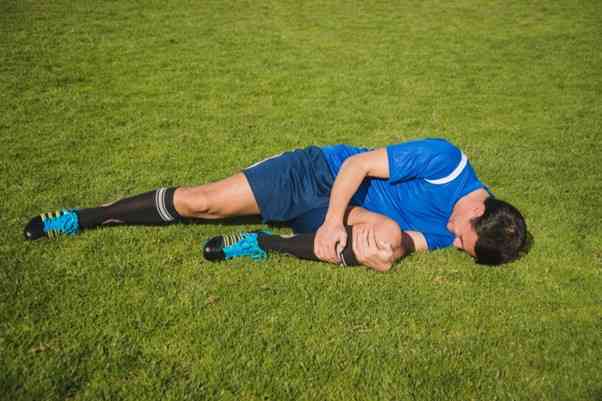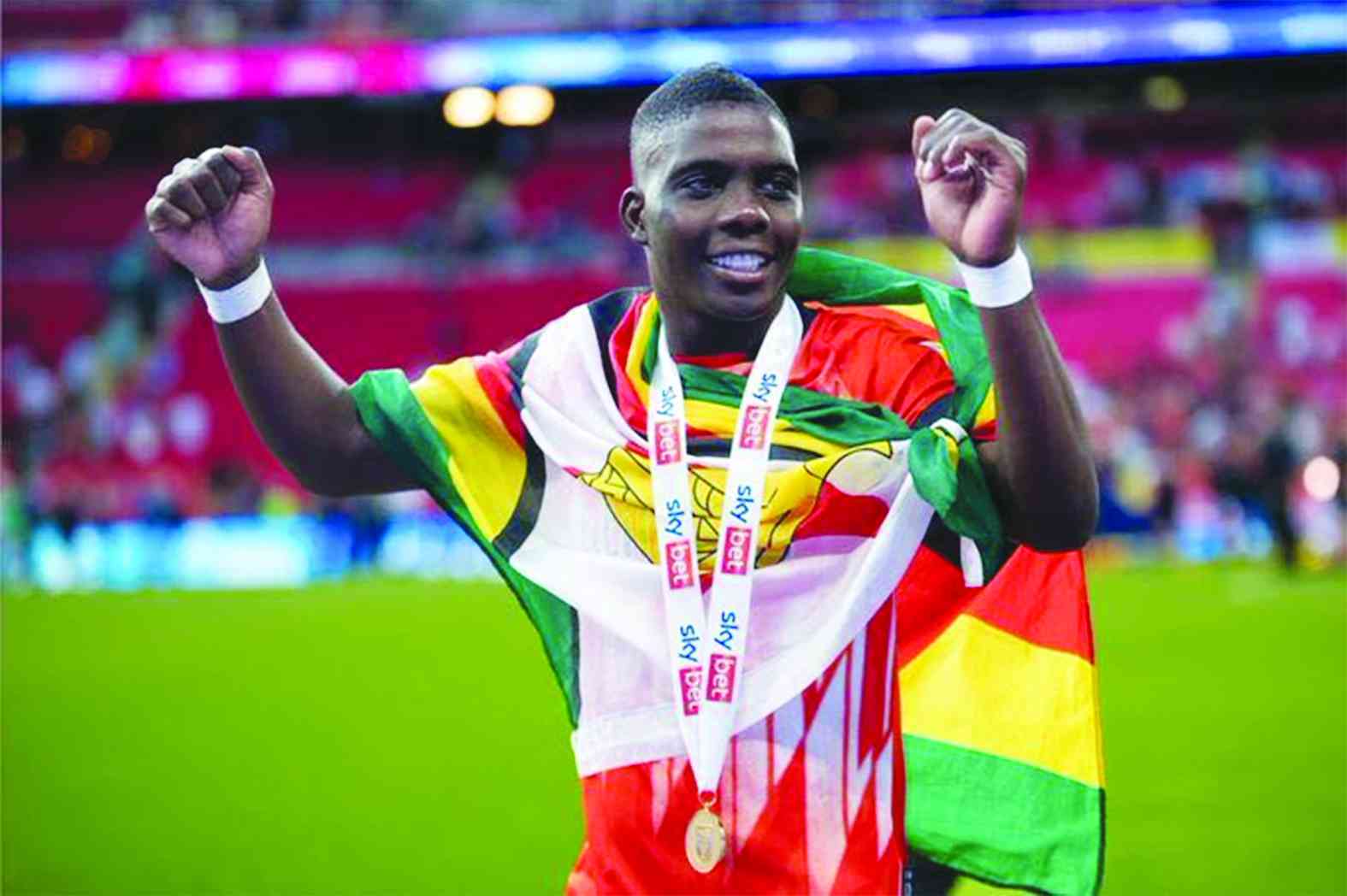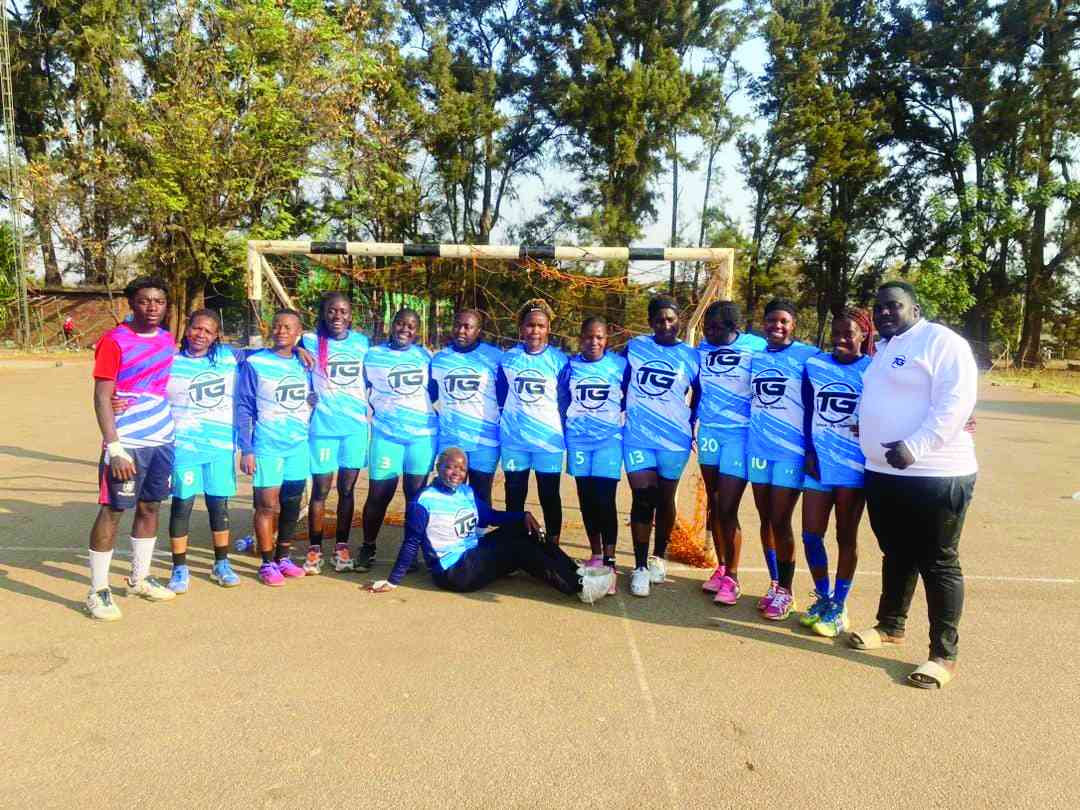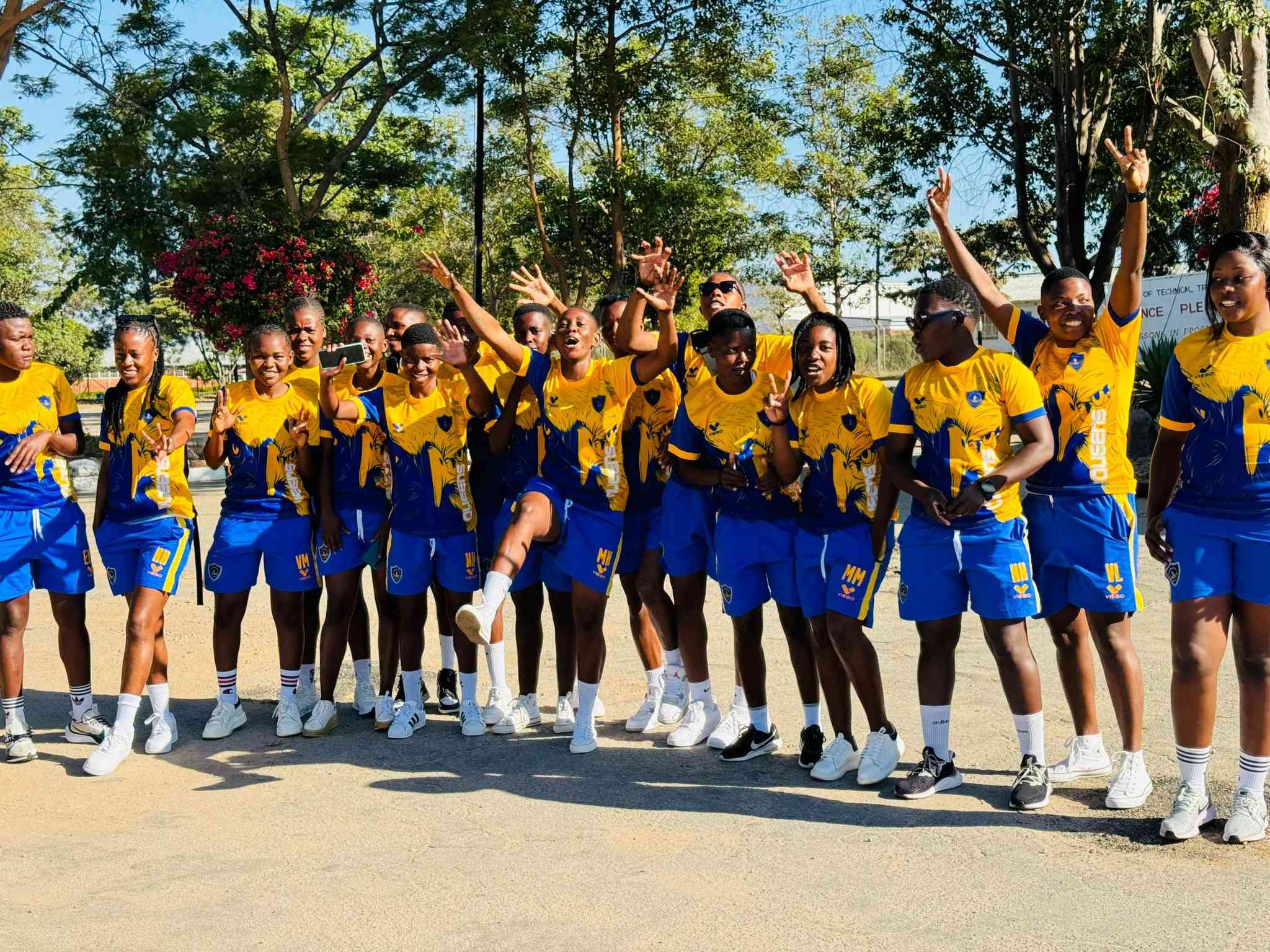
Football is a very physically demanding game. Professional soccer players are athletic, and while the routine is different from fighting in WWE, the robust physicality of the game - repetitive stops, quick sprints, and physical contact - heightens one's susceptibility to injury.
Recovery from injuries is important in elongating a player's career, maintaining peak performance, and avoiding recurring injuries.
Kate Richardson, football blogger, explores the common soccer injuries, useful soccer recovery techniques, and some cutting-edge approaches that help players get back to the field sooner after serious injuries.
Common Soccer InjuriesInjuries can be demoralizing for players and fans alike. With serious injuries having the potential to keep a player out of the pitch for months, recovering form after a prolonged crisis can be quite difficult. In turn, this may affect team performance and fanbase support.
Besides, injuries take their toll on bettors, too. When star players go out due to injuries, it's more difficult to stake on their performance as the unpredictability factor increases all the more. MightyTips does help you stay ahead of the curve, though. With insightful analysis about the potential impact of injuries on a team's performance, the platform sets you up with the best national bookmakers and odds to place bets in alternative markets.
That said, the common soccer injuries that professional soccer players experience include:
Knee InjuriesThese include some of the worst knee injuries, including tears to the anterior cruciate ligament, or ACL, which can easily result from quick changes in direction, which is common during a soccer game. When an athlete suffers an ACL tear, they are out for 6 to 12 months and face surgery with extensive rehabilitation afterward.
Recovery involves exercises centered on recovering muscles through activities such as stretching and low-impact aerobics to build up stability and strength gradually.
Sprains of the AnkleAnkle sprains usually occur from sudden pivoting or uneven play surfaces. Initial treatment for ankle sprains involves the RICE method: reducing pressure by elevation and icing to reduce joint swelling and prevent further injury.
Muscle StrainsMuscle strain to the quadriceps or hamstring occurs through the sudden, forceful movements players exhibit during the games of soccer. Recovery involves simple stretching, aquatic exercises, and light jogging in order not to overtrain the muscles in their gradual strengthening process.
Top Soccer Players' Recovery TechniquesFour-time Champions League winner, Raphael Varane once remarked, "Unfortunately, injuries are part of the game and you have to adapt, keep faith, trust and never give up."
Knowing this, it's important to stay ahead of the injury curve. To get better and not suffer further injuries either, soccer players must deal with some recovery techniques targeted in their routine. Here are some of the best techniques professional athletes apply to recover:
Application of Rest and IceThe immediate thing that needs to be done following an injury is to reduce playing time immediately, thereby ceasing all physical activities to avoid further damage. Players may be prohibited to play due to an injury until complete recovery is ascertained. For the affected area, reduce pressure, raise the pressure, and use ice on it. This will help control inflammation and soothe muscle soreness.
Professional RehabilitationProfessionals, such as sports therapists, will know better how to target one's needs. They could guide one in every respect, from active recovery techniques and stretching exercises to strength training that will build stability back into the injured area.
Maintain Basic Fitness Levels
A crucial component for being able to come back as soon as possible is to be able to sustain the barest of form. It is still advisable to attempt to keep fit through activities as simple as hydro-therapy or simple jogging. These exercises will help keep your stamina, promote muscle recovery, and minimize the risk of deconditioning while doing no activity.
Strength-Building with ExpandersOnce the muscular soreness decreases, utilize expanders to establish strength in the recovering area. Expanders are great for resistance in a controlled manner to help safely remake muscle tissue to prevent re-injury. Along with some general stretching and yoga for flexibility, this method ensures a balanced recovery and strength.
Nutrition for Enhanced Recovery
Proper nutrition is required to mend tissues. A diet rich in anti-inflammatory foods will help keep inflammation at bay, promoting healing: leafy greens, berries, nuts, and the like. Peanut butter and yogurt are great sources of high-quality protein that will be very helpful in rebuilding and repairing muscles.
Consuming grams of protein within 30 minutes after physical activity may bring better results. Electrolyte drinks will help one regain energy, and carbohydrates from whole grains and fruits give fuel for muscle recuperation.
Quality Sleep to RebuildSleep is an effective recovery tool because the muscles are rebuilt during sleep, and the central nervous system is restored. A study found that the optimum is 8-10 hours per night, especially during the periods of injury recovery. Sleep reduces fatigue, prepares the body for continued training, and is directly linked to enhanced performance potential.
Massage Therapy as a Means of Muscle RepairMassage therapy can also be a potent tool for the recovery of muscles. Improving circulation massage can enable fresh blood to feed muscle tissue and remove waste products. Massage works as a very effective relaxation technique, helping the body and mind toward complete relaxation, releasing tension, and further promoting recovery after a soccer game or training session.
Epsom Salt BathsAn Epsom salt bath enhances the level of relaxation and contributes to a reduction in muscle soreness. This method is advised after full-on matches or training sessions, especially when people are competing in a high-pressure tournament situation and need faster recovery.
Greater Tips for Quick RecoverySoccer players should consider smart strategies for maintaining health and recovering efficiently in their daily routines. Tips and tricks to gain an edge in regard to recovery between soccer games that will even reduce the likelihood of one getting hurt are given below.
Yoga for FlexibilityYoga helps achieve good flexibility by bringing elasticity into the muscles for muscle recovery and body and mind relaxation.
Hydration for Muscle FunctionKeeping the body hydrated maintains body temperature and keeps the musculoskeletal system hydrated to stay supple. Electrolyte drinks come in particularly useful for rigorous recovery needs. Also ensure you drink water in sufficient quantities. If in doubt, remember what Kelly Barton said, "Water is the most neglected nutrient in your diet but one of the most vital.”
Recovery FoodsCarbohydrates restore glycogen stores. Proteins are important for rebuilding muscle. Eating whole carbohydrate foods like oats and anti-inflammatory foods like fruits and vegetables will help find a balance in recovery.
Stretching and Fitness RoutinesStart with basic stretching when the injury begins to heal, working in light drills to slowly rebuild endurance. Where possible, gently introduce a light jog or low-impact aerobic exercise to strengthen muscles and tendons without further injury. Incorporate expander exercises to improve strength without undue strain.
Common Nutrition Tips for Recovering Soccer PlayersRecovery necessitates the intake of appropriate foods in appropriate amounts. A protein-rich smoothie or a high-protein snack within 30 minutes after a workout is essential to help rebuild and repair such damaged muscles.
The following are some nutrition tips that will help with recovery:
Protein for Muscle RepairThe food contributing high-quality protein includes peanut butter, yogurt, and lean meats, which help in faster muscle repair.
Energy CarbohydratesWhole grains help replenish the stores of glycogen in muscles as well as other energy supplies.
Fruits and VegetablesVitamins and antioxidants in fruits and vegetables enable an individual to cleanse the body of compounds it does not require.
Conclusion: Active Recovery from Soccer InjuriesFrom immediate, complete cessation of playing time upon injury to seeking advice from experienced professionals, the proper recovery strategies include all that must be in place for every injured soccer player.
Good nutrition, hours of quality sleep, and soccer fitness maintained during recovery all come together to create a setting where a player can maximize his potential on return to the game.
Recovery routines involving strength building, yoga, stretching, and professional advice help the latter recover faster while also increasing their endurance and stamina. Massage therapy and Epsom salt baths provide supporting elucidation that enables soccer runners to prevent re-injuries and maintain strength for peak performances.











